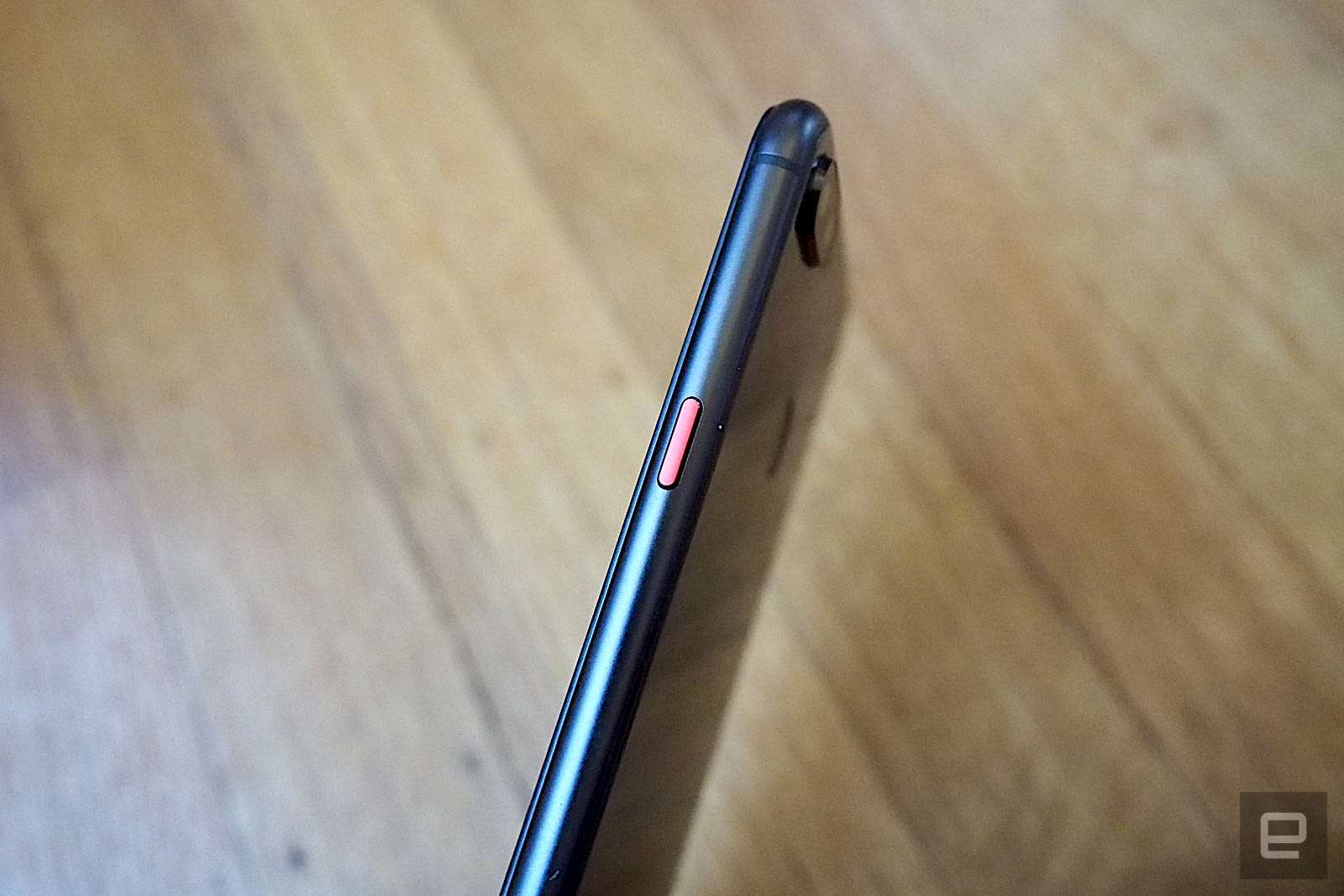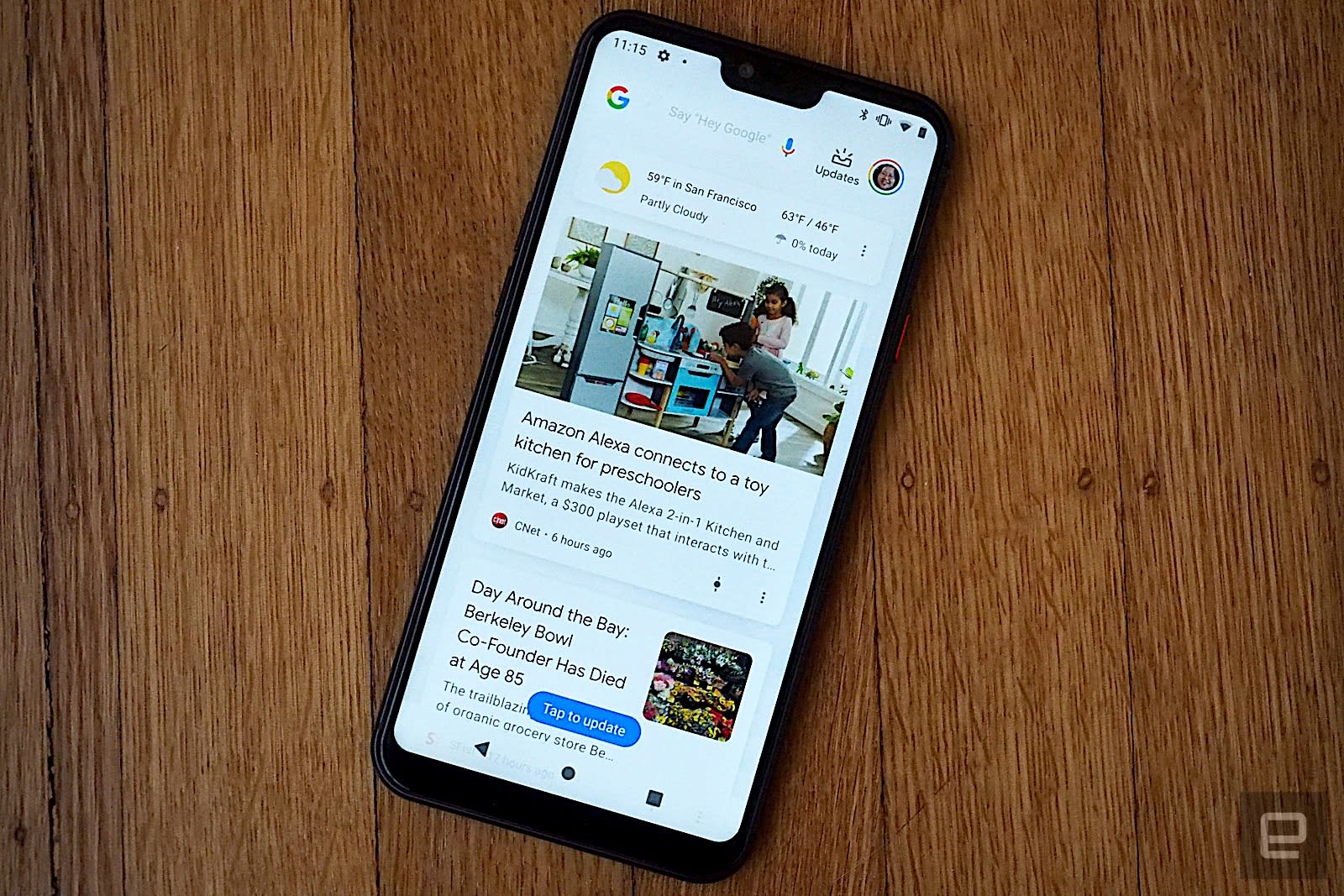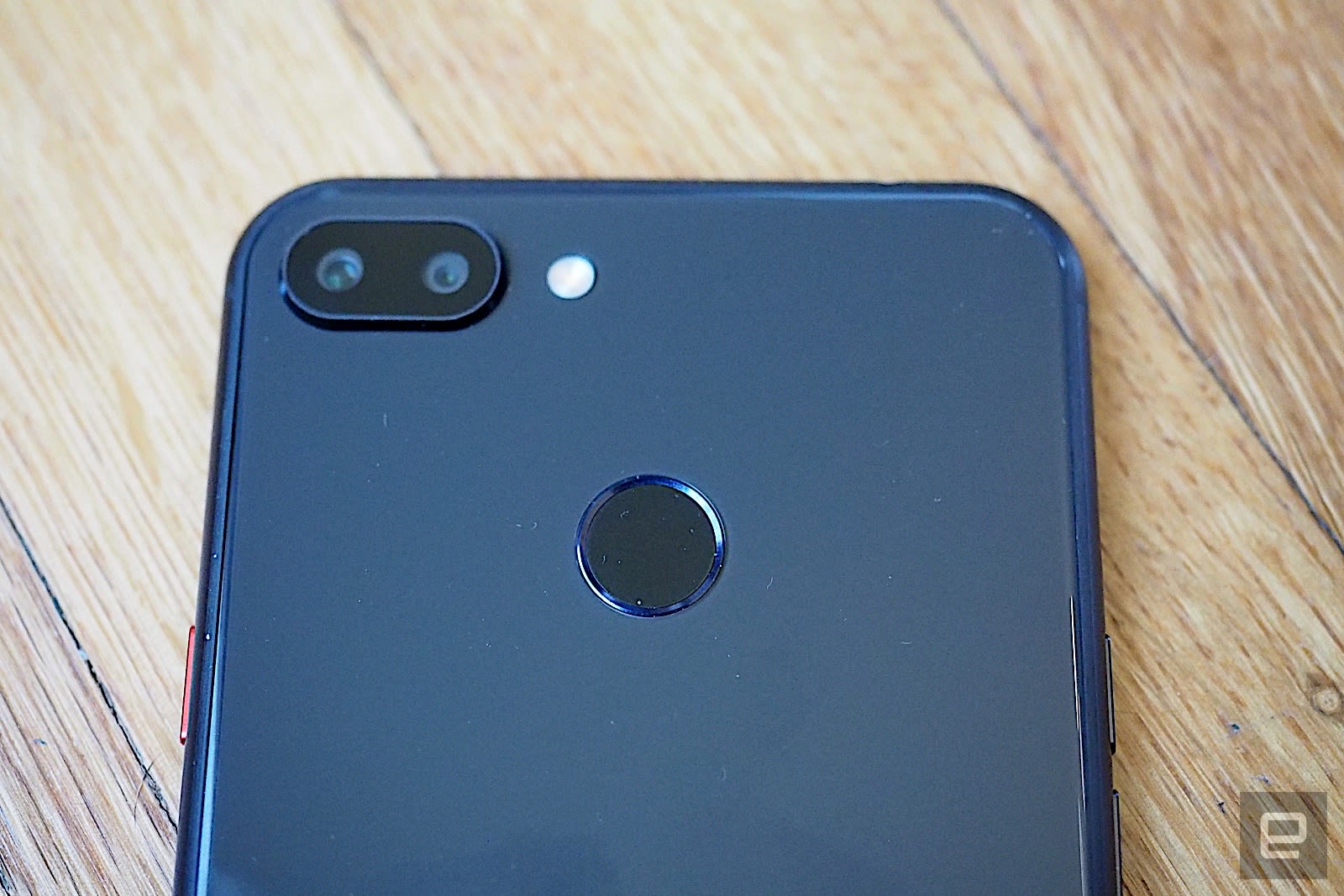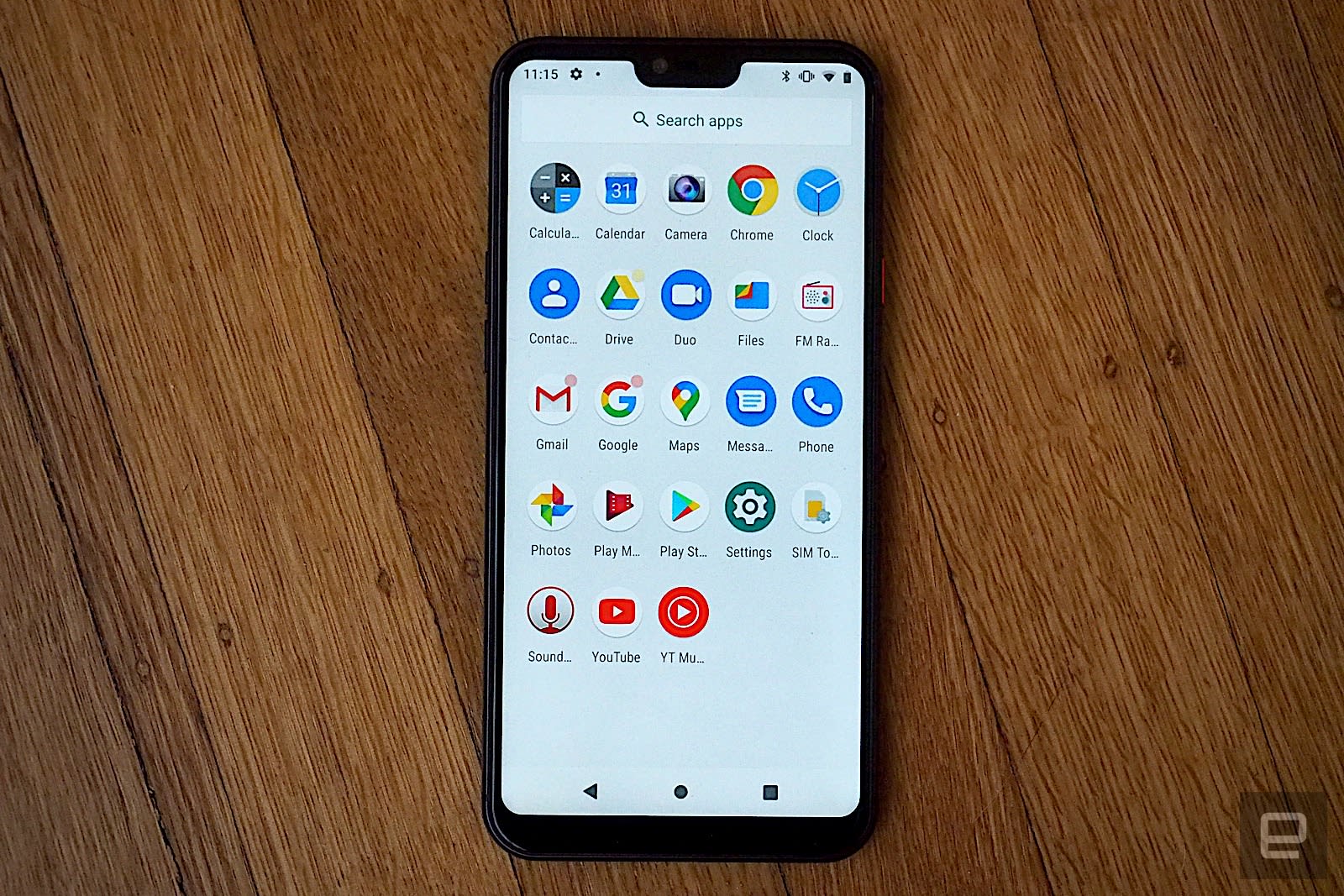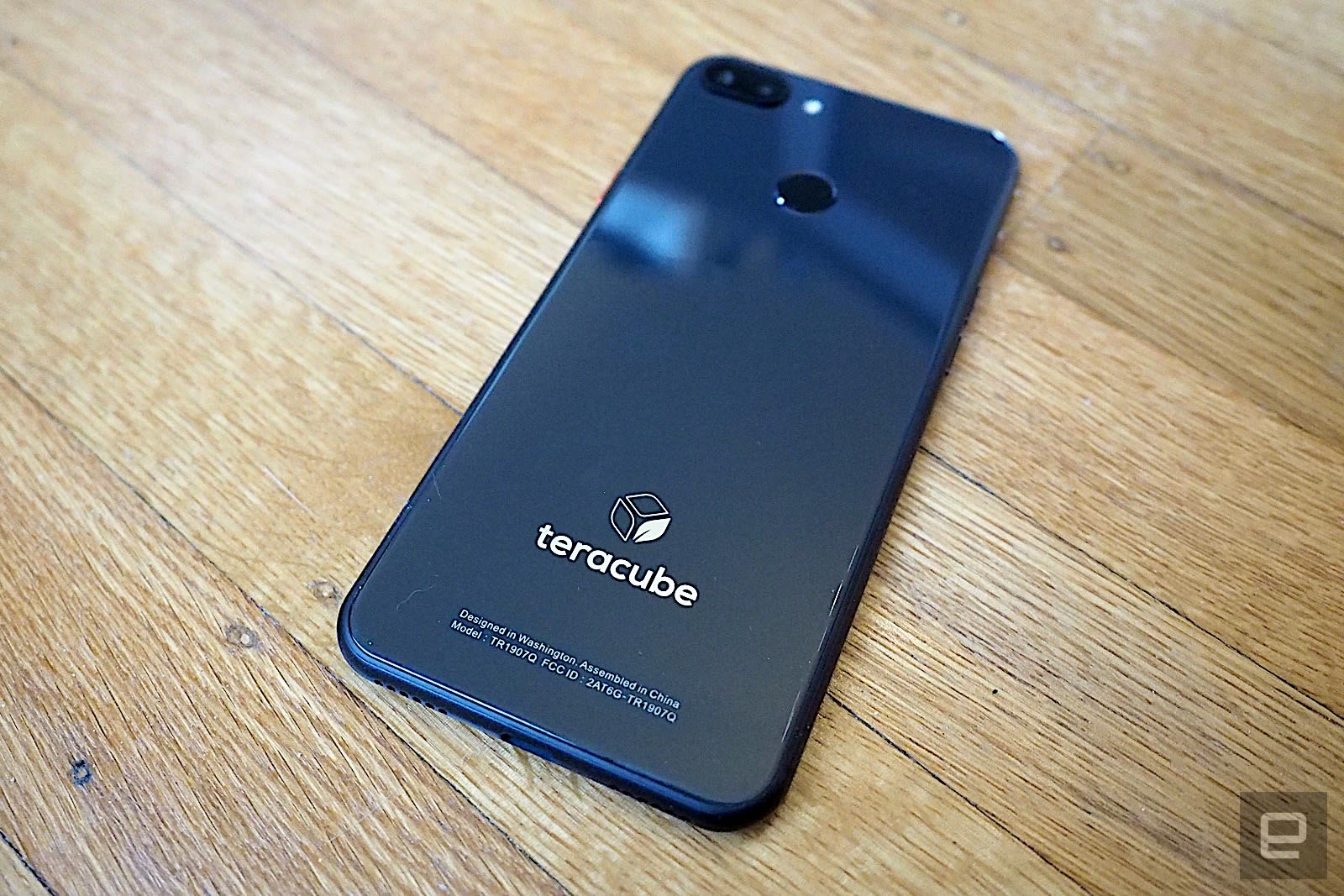
Five years ago, Sharad Mittal had a dilemma. He and his wife had just watched , a movie starring Russell Crowe with a heavy environmental message underneath its retelling of the classic Biblical tale. The movie moved him deeply, giving him a new perspective of the world that he says literally changed his life. “I became a hardcore environmentalist that day,” he told Engadget.
At the time, he was five years into running two successful e-commerce sites — Kinivo and BlueRigger — both of which sell electronics like Bluetooth headphones and HDMI cables. After doing some research and a bit of soul searching, he realized that his business was contributing to the current climate crisis. “Something went off in my head,” he said. “I am part of the mess. I am part of the problem of this culture of disposable electronics.” He was so burdened by this quandary that he even thought of shutting down his business entirely.
But that was just too crazy of an option. He still had to feed his family. So he continued running his business, but without the direction and passion he once had. Then, a couple of years ago at a roundtable with other CEOs, he had an epiphany: What if electronics lasted longer? What if the warranty was included in the price of the device? Mittal had always repaired his own smartphones and laptops. Why not offer that service to everyone else?
That was when Mittal had the idea for Teracube: an Android smartphone with a four-year premium care warranty. It would only cost around $300, and the phone would be completely covered for four years. (He opted for a mid-range handset instead of something high-end so that it would be more affordable.) Cracked display? Blocked charging port? Bad battery? No matter what happens to it, you can pay a flat fee of $39 to send it back, and get a refurbished version in return. Teracube would then attempt to repair your old one and either resell or ship it to another customer who might’ve broken phone.
Mittal, along with Anthony Tsim — a general manager at Kinivo — went in on the idea and armed with their extensive electronics and business knowhow, launched the Teracube Kickstarter last year. They raised over $125,000 from over 600 backers, and after flying back-and-forth to a factory in China, they now have an inventory of around 1,500 phones. That’s not a lot, but it’s enough to provide the phones to backers, with more for future sales and a buffer “pool” of around 200 or so units in case people want to exchange their phones.
Teracube sent out the final version of the phone to its backers earlier this month, and I’ve been testing one for a few weeks. It comes in recyclable packaging and is shipped complete with a see-thru plastic case and a screen protector. I thought this was a nice touch, as most phone companies require you to buy an additional case. Not so with the Teracube.
The phone looks similar to the unit I saw at CES in January. For a supposedly mid-range phone, I find the Teracube to be quite handsome. Sure, it’s not as sleek and curvaceous as the latest Samsung Galaxy S20, but I still thought the phone looks and feels more expensive than it actually is. The Teracube’s all-metal casing and Gorilla Glass front gives it a premium feel.
The 6.2-inch full HD+ IPS display looks plenty sharp for viewing photos or watching YouTube videos. As far as internals go, the Teracube is outfitted with a MediaTek P60 2.0GHz Octa-core processor and 6GB of RAM, which I didn’t find to be very sluggish at all. Flipping through menus felt fast enough, and I didn’t experience much lag when loading apps.
It also has 128GB of storage, NFC, Bluetooth 5.0, a dual SIM slot and a fingerprint sensor on the back. Those who have regular wired headphones will appreciate its 3.5mm headset jack as well. The phone has a 3,400 mAh battery which I found lasted quite a long time with average use — almost a day and a half without having to recharge it.
The Teracube also has 12 and 5-megapixel dual rear cameras and a front-facing 8-megapixel camera. I thought photo quality was actually really quite good, with crisp and sharp detail, especially in daylight. Some of the photos were a little darker and a bit more overcast than I would like, but it wasn’t anything that a few edits couldn’t fix. I did think low light photos were pretty dismal and pixelated, but they were about on par with my expectations.
Aside from that, there’s not much to say — and that’s a good thing. As an inaugural mid-range handset from a company you’ve likely never heard of, the Teracube is pretty darn impressive. It looks good, performs well and is mostly inoffensive. It ships with pure Android 9 (upgradeable to 10 in the future) and has no bloatware on it. For around $300, that’s not bad at all.
Yet, you could argue that the Teracube isn’t really all that environmentally-friendly. It’s still made out of aluminum, plastic and various rare earth materials. It’s not as eco-friendly as 2009’s Samsung Reclaim, which was made out of 80 percent recyclable materials, with 40 percent of the phone’s outer casing made up of a corn-based bioplastic. It’s also not as modular or user-serviceable as the now-defunct Project Ara or the FairPhone 3, which at least lets you swap out the battery and has easily replaceable parts.
But Mittal said that if it really wanted to make the Teracube totally environmentally-friendly and be as modular and serviceable as the FairPhone 3 or Project Ara, it would take a lot of time and money, which it just simply doesn’t have right now as a small startup. Also, while Mittal thinks the FairPhone 3 is commendable with its user replaceable parts, he also thinks that it might be a bit too DIY for most people. Mittal does plan on incorporating a replaceable battery into the Teracube 2, but that depends on the initial success of the first Teracube.
Still, Mittal understands the complaints that the Teracube isn’t 100 percent sustainable, which is partly why Teracube moved away from its initial messaging that it was an environmentally-friendly alternative to a regular smartphone. Instead, it made its four-year warranty its main selling point. “That appeals to more people,” said Mittal. “There’s a big audience out there that just wants a phone that lasts, who might not call themselves environmentalists. Maybe they want a phone for their kids or they don’t need the latest and greatest handset.”
Teracube’s approach is still commendable, however. In Greenpeace’s guide to greener electronics, the organization claims that one of the biggest environmental mistakes that most electronics companies make is unsustainable product design. It states: “Faced with growing market saturation in some countries, companies are increasingly designing their devices in a way that reduces their lifespans by making repairs or servicing the device difficult, if not impossible. As a result, the expected life of products is significantly shortened, and all the energy, resources, and human effort expended to make each device are wasted once the device is damaged, needs a new battery, or the user outgrows the device’s storage capacity.”
“The greenest phone is likely the one you already own,” said Elizabeth Jardim, a corporate campaigner for Greenpeace. “Repairing or upgrading an old phone, instead of replacing it, is good for your wallet, too.”
The process of getting the Teracube project up and running was a challenge. The phone was a hard sell to most manufacturers, and Mittal and Tsim were even turned down by two of the bigger phone makers in Shenzen. “They told us over and over that people want new phones every year, and that this was a bad idea,” said Mittal. But Mittal and Tsim cited recent studies such as the ones from Hyla Mobile or Kantar Worldpanel that consumers are actually keeping their phones for longer these days, either due to the rising price of handsets or the fact that there’s not a lot of reason to upgrade.
The real reason people get new phones, Mittal says, is because something bad happens, like the screen breaks, the software gets a little sluggish, or the battery life deteriorates. Not only can replacing hardware parts sometimes cost hundreds, most people just don’t want the hassle of repairing or fixing the phones themselves.
“Everyone has this perception that software updates slow down their phones,” added Mittal. “Our response is, we can make sure that the phone runs smoothly for four years. It can happen. Android is open source […] we’ll be able to tune every update so that the phone keeps running smoothly.”
As for why Teracube settled on a warranty of four years (why not three or five?) or why they decided to have a buffer pool of a couple hundred phones (why not more or less?), well, there’s no real reason. “No one has done this before,” said Mittal. “We have to figure it out as we go along. The point is to at least get started.”
Author: Nicole Lee.
Source: Engadget



